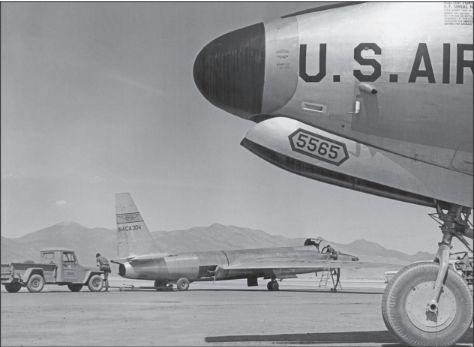
Why all the secrecy around Area 51? It’s just desert airfield for flight tests and evaluation of cutting-edge aviation technology. Well, not exactly. For Americans, conspiracy theories are second only to true crime and ghost stories. And iconic Area 51 has hatched plenty of conspiracy theories. Oh, and don’t forget about all the UFOs and alien autopsies — that happens at Area 51 too.

Spy Planes and Nukes
A legacy of secrecy goes all the way back to Areas 51’s birth. In 1955. the U.S. government established the airbase at Groom Dry Lake, Nevada as a site to test their new Lockheed U-2 spy plane. The remote desert location was perfect for protecting national security from prying eyes, but it was impossible to deny its existence — the national test facility supported nearly 2,000 military and civilian workers. The feds needed plausible cover story for the operation, so the Air Weather Service of the US Air Force “reported” that weather observations were the plane’s true mission. More aircraft were tested there as the Cold War heated up, and the U.S. had an increasing number nuclear bombs to test. In June 1958, the Watertown Airstrip and surrounding land was officially joined to the adjacent nuclear proving ground, and designated Area 51. Even though the 1129th Special Activities Squadron (SAS) operated the aircraft and the secret base, the CIA remained intimately involve

U-2 Gets Fast-tracked
President Eisenhower authorized the use of $35 million from the CIA’s Contingency Reserve Fund, but everyone was in a rush to get the top secret plane off the drawing board. Lockheed, with a willingness to begin work on the aircraft without a contract, took a deposit from the CIA — basically a non-vouchered funds for covert procurement. This would be the first of many times that the CIA would use secret funding for its sensitive projects at Area 51.


Need for Stealth
In 1960, the Soviet Union shot down an American U-2 taking reconnaissance photos, the international event was a huge embarrassment for the CIA, US government, and a diplomatic nightmare. New technology would solve the problem of planes detected where they shouldn’t be. Area 51 pioneered doctrine of “stealthy” design that effectively rendered aircraft invisible to detection by radar. The stealth prototypes that were born in the secret desert base made a splashy debut in Operation Desert Storm in 1991. In that decade, with the Air Force now fully in control of Area 51, the operation grew into a wing-sized national test facility, with an annual operating budget in excess of $200 million for conducting numerous test programs, including more classified efforts.
But what about the aliens?
Were supersonic, high altitude planes confused for UFOs? Probably. Did some imaginative author or screenwriter hatch the idea that the feds are shacking up with E.T. in Area 51? Sort of. Actually, the otherworldly visitor was named J-Rod. Legend has is that Area 51 microbiologist Dan Burch met the visitor, and took tissue samples for research. That’s about the most believable part of Burch’s story — the rest is classified…


